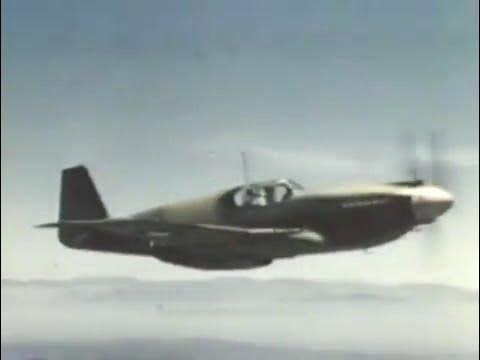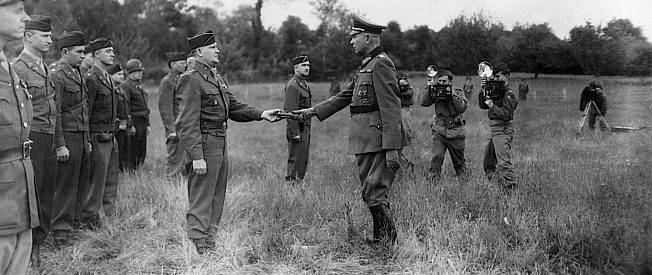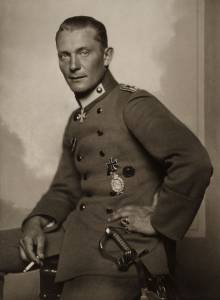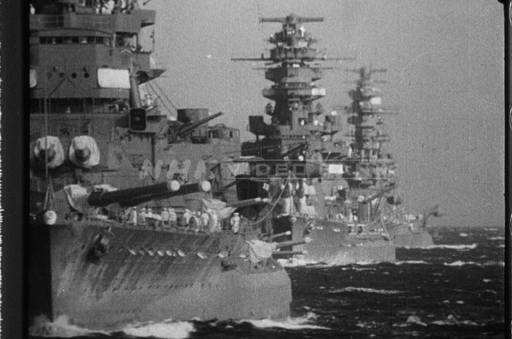

Did the American P-51 beat all the German and Japanese planes?
Did the American P-51 beat all the German and Japanese planes? The American P-51 Mustang is widely regarded as one of the best fighter aircraft of World War II and is often considered superior to many German and Japanese fighters in various aspects. Here are some key points regarding its performance compared to its contemporaries:
Speed and Range:
The P-51 had an impressive top speed of about 440 mph and a long range due to its external fuel tanks, which allowed it to escort bombers deep into enemy territory.
Climb Rate:
The P-51 had a good climb rate, allowing it to reach combat altitude quickly. It was particularly effective at high altitudes, where it could outmaneuver many enemy fighters.
Armament:
The P-51 was typically armed with six .50 caliber M2 Browning machine guns, providing substantial firepower against both aircraft and ground targets.
Maneuverability:
While some German fighters, like the Messerschmitt Bf 109 and Focke-Wulf Fw 190, excelled in dogfighting at lower altitudes, the P-51 was highly maneuverable and could hold its own in dogfights.
Versatility:
The P-51 was versatile enough to perform various roles, including escorting bombers, ground attack, and reconnaissance missions.
Comparison with German Fighters:
The P-51 often matched or outperformed the Bf 109 and Fw 190 in speed and altitude performance.
The late-war variants of these German fighters had superior armament and acceleration in some scenarios, but the P-51’s overall balance made it a formidable opponent.
Comparison with Japanese Fighters:
Against Japanese fighters, such as the Mitsubishi A6M Zero, the P-51 had advantages in speed, range, and firepower, allowing it to dominate in dogfights over the Pacific theater.
Conclusion:
While the P-51 Mustang did not necessarily outperform every single German and Japanese aircraft in every aspect, it is considered one of the most effective and versatile fighters of the war. Its combination of speed, range, armament, and maneuverability made it a critical asset for the Allies, contributing significantly to air superiority in both European and Pacific theaters.




